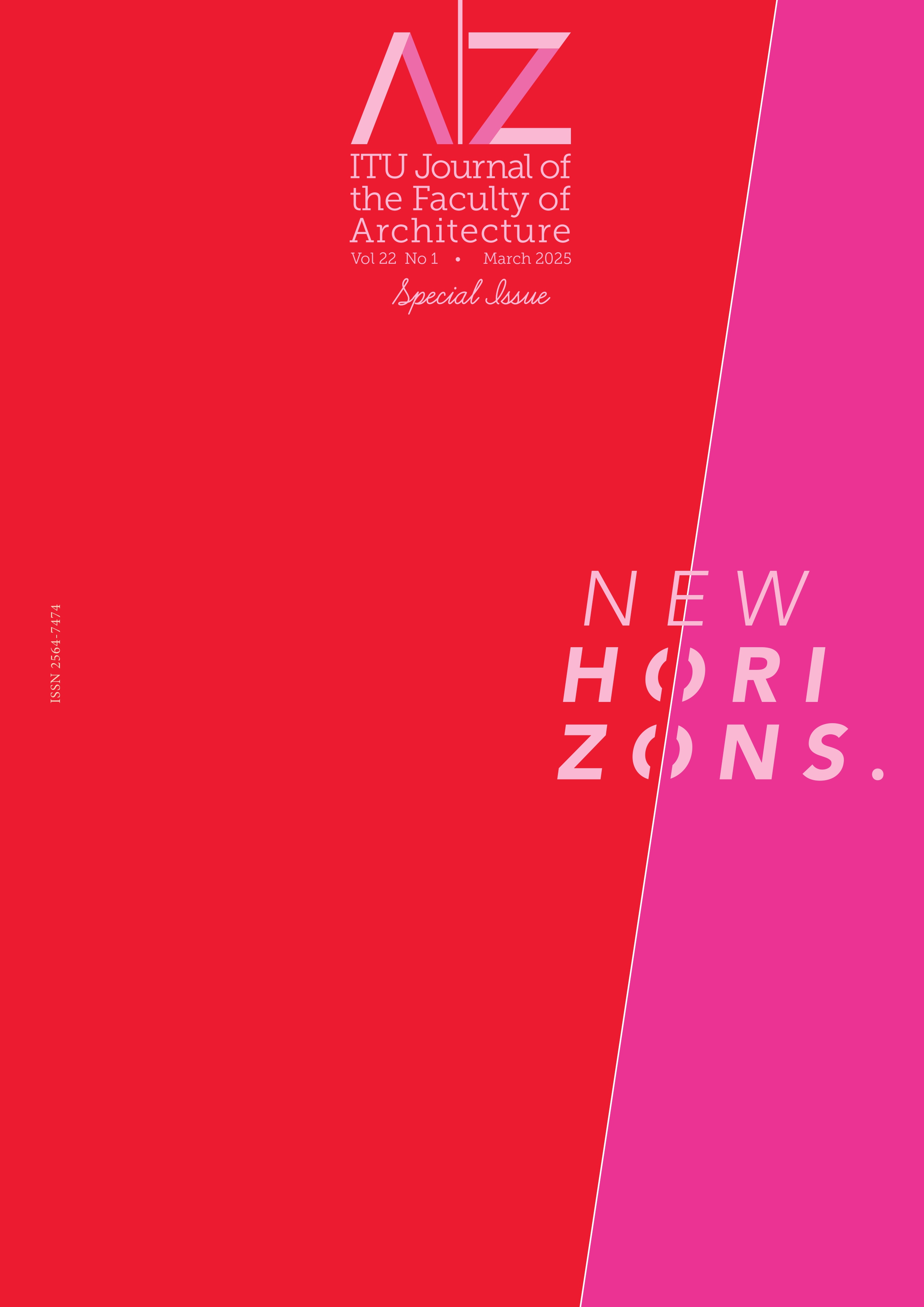Laboratorization of time-space: An inquiry about the role of space in the control and reproduction of life
Published 2025-03-31
Keywords
- Biopolitics,
- Condition-space,
- Control,
- Laboratory,
- Nonhuman spaces
Abstract
This paper displays the crucial role of space in conditioning both humans and nonhumans in the post-industrial era, situating itself at the crossroads of biopolitics, political philosophy and architectural theory. It argues that spatial conditioning, achieved through specific architectural designs, is a key strategy for colonizing living beings. The laboratory is analyzed as a spatial archetype where beings are extracted from natural habitats and subjected to processes that simulate life in artificial environments. In these environments, beings undergo ontological and epistemological restructuring, conditioned to ideal forms of objectivity and subjectivity via scientific methods, making the laboratory a practical apparatus for power. The study reviews the historical evolution of modern laboratories and their functioning as world-building environments. This foundation supports a comparative analysis of architectural cases designed for human and nonhuman beings, revealing connections in spatial planning, functionality, control strategies, safety protocols, and performance objectives that influence research outcomes. The investigation shows that various spaces—such as educational institutions, agricultural lands, botanical gardens, greenhouses and animal farms—mirror laboratory functions, actively manipulating the relationships between time and space for their inhabitants. Ultimately, this research contributes to the existing literature by creating a theoretical framework for future research on the relationship between space and power, integrating the experiences of nonhuman beings into architectural theory studies that have traditionally focused on human perspectives.


